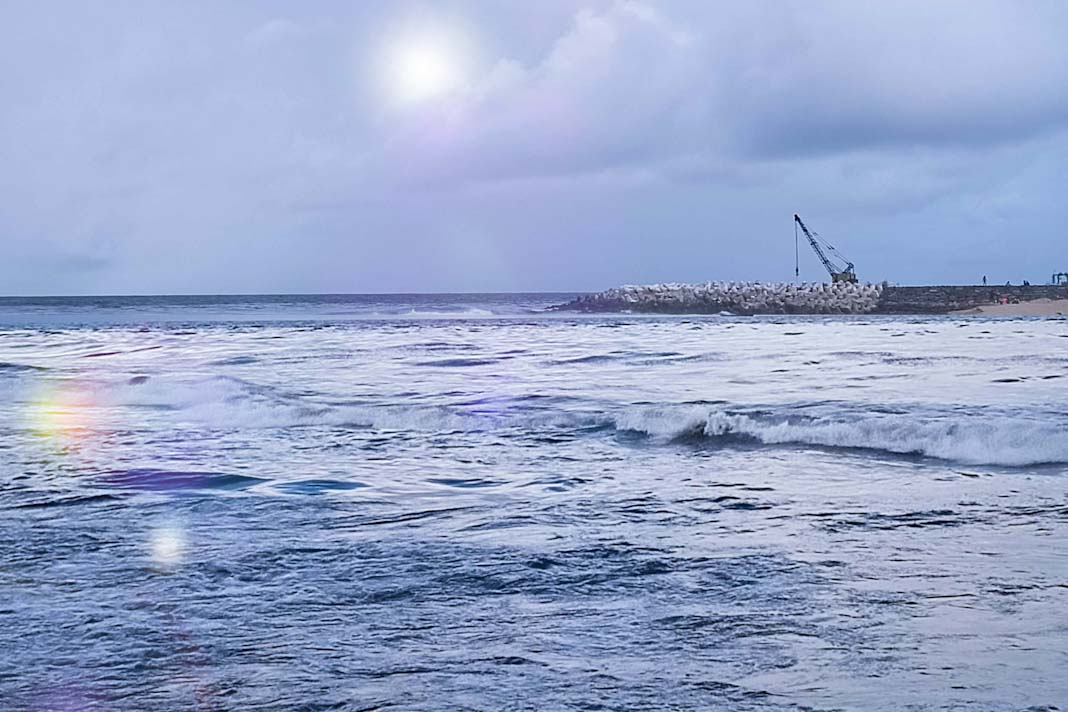- GT Green Technologies collaborates with Carisbrooke Shipping.
- AirWing aims to propel vessels on the UK-Canada-UK route.
- Potential for reducing operating costs, lowering fuel consumption, emissions, and tax burden for ship operators.
GT Green Technologies collaborates with Carisbrooke Shipping and The University of Bristol to introduce AirWing, a groundbreaking wind propulsion solution, reports Ajot.
Government Support
The project secures a £3.7 million grant under the Clean Maritime Demonstration Competition Round 4 (CMDC4) for installing a 20-meter AirWing unit on a Carisbrooke Shipping vessel in the UK.
Green Transformation
The 20-meter AirWing aims to propel vessels on the UK-Canada-UK route, providing an impressive 8.3% fuel and carbon emission savings, translating to annual cost savings exceeding £139,000.
Environmental Impact
Over its 25-year lifespan, AirWing has the potential to reduce CO2 emissions by an estimated 14,250 metric tonnes, equivalent to taking over 3,000 cars off the roads.
Cutting-edge Technology
AirWing utilizes patent-pending airflow manipulation technology, maximizing thrust output while maintaining a compact and lightweight profile. This addresses the need for sustainable solutions on general cargo ships with limited deck space.
Industry Pioneer
Carisbrooke Shipping, managing a global fleet of 27 vessels, takes the lead in integrating this groundbreaking technology, setting a compelling example for enhancing operational sustainability in the shipping industry.
Cost and Tax Benefits
Captain Simon Merritt highlights the potential for reducing operating costs and lowering fuel consumption, emissions, and tax burden for ship operators.
Academic Contribution
The University of Bristol’s Tobias Laux expresses excitement about contributing expertise in composite structures testing and modeling to the development of innovative wind propulsion technology.
Global Market Potential
GT Green Technologies aims for rapid commercial deployment and scale-up, having conducted feasibility studies for major shipowners and received Letters of Intent (LOIs) for future orders. The market potential is vast, with 20,000 globally suitable ships for wind propulsion, compared to only around 35 installations today.
Did you subscribe to our daily newsletter?
It’s Free! Click here to Subscribe!
Source: Ajot
















![[Watch] A Christmas Tree Goes To Sea](https://mfame.guru/wp-content/uploads/2025/01/mfame-container-100x70.jpg)
